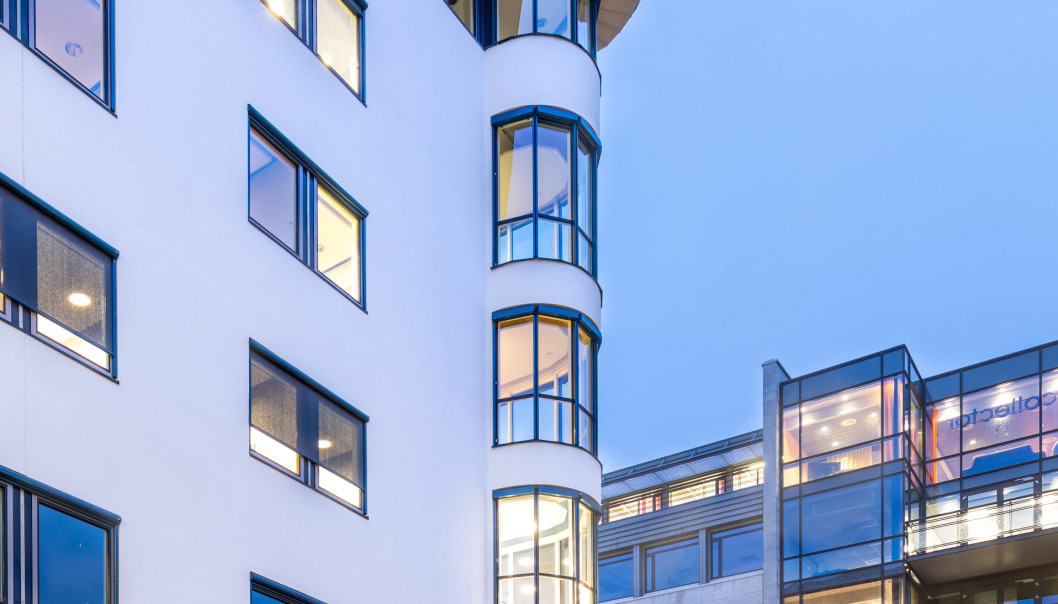There are always discussions and disputes about the right level of rent for commercial properties, whether it is in connection with a rental contract being extended/entered, the purchase of a land plot, or the takeover of a company. The subjects have become more and more complex, with new office concepts, whether this involves co-working, flexible locations, or new contract forms. Last but not least, major discussions are currently being held about whether the coronavirus pandemic has resulted in increased or reduced rental costs and how the office market will develop.

This should be easy. Standard market rent is the rent that can be agreed on between two professional parties, at arm’s length and with traditional marketing. Unfortunately, it’s not always so simple.
A significant base of statistics has been gathered in the major cities, mainly thanks to the company Arealstatistikk AS, which collects rental prices from most parties in the industry, publishing them in different reports. This provides us with an excellent starting point for developments in the rental market, the average level for new contracts, and the average level for existing contracts.
 Jonas N. Alme, seniorrådgiver
Jonas N. Alme, seniorrådgiver
Challenges generally arise when a contract is being renegotiated, the property is located in a more peripheral area, or if it has other, more extraordinary characteristics. It is not uncommon to receive a report from Arealstatistikk as the answer sheet for a property, but our analyses indicate a completely different level.
Because that’s what this is all about: analysis. The determination of the correct level of rent demands a thorough analysis of the specific areas in question, an analysis of all relevant value parameters associated with the rental object.
The analysis used is generally known as a “Top-Down analysis”. The analysis starts with a thorough review of available statistics, either in the form of different market reports or reports from Arealstatistikk. This way, we form an impression of the interval for market rent in the area in question. Following this, we narrow down the interval to reach a solid conclusion. This narrowing is done through analyses of the following parameters:
From experience, we see that there are large local differences with regard to rental costs. The best example can likely be found in retail, where a business on an attractive shopping street such as Bogstadveien will reach a level of rent that is three times higher than that of a business located 50 metres into a side street. In other words, you must understand precisely where the premises in question are located and how this affects rent costs.
The differences are a little smaller in office spaces, but we find that the address plays a role as well. Access to public communication, businesses, and other services also play a key role.
What storey are premises located on? Is the exposure, view, or noise level good/bad? Office spaces generally increase in price the higher up the building they go, while the rental cost is often halved if it is on the second storey. However, there are significant differences here, and it is important to specifically understand the market for the object in question.
Here, we analyse the standard of both the building and the premises in question. How do the building and common areas themselves appear? The building may have a considerable impact on rental costs, either by appearing as an attractive prestige building or by appearing worn out/outdated. On the inside, the premises may be identical, but the achievable rental costs will be different depending on the building’s exterior image.
On the inside, it is important to understand the standard of the premises. Are the interior elements of a high/low standard, do the premises feature good ventilation, is there a lift in the building and is the common area representative? These are just some of the questions that must be asked during a specific analysis. It won’t help to have exclusive office spaces if the common areas customers and employees must pass through appear outdated and worn out.
In this regard, it is particularly important to define the mandate and what is to be considered in an assessment, particularly for new construction or new premises that are being remodelled. For example, if an agreement has been entered for a special standard or design that results in extraordinary expenses for the property owner, then this must be described for the right level of rent to be described. We often see disputes arise here.
The difference between standard and condition is the degree to which the premises have been renovated over time and how they appear at the time of the site survey. A lovely carpet doesn’t do much good if worn down and stained.
We sometimes encounter conflicts about who should have renovated the premises in question. When setting average market rent, we generally take the condition of the premises during the site survey as a foundation, without taking into account whether there is a backlog to the tenant’s duty of maintenance or if the tenant has completed extraordinary maintenance. It is, however, important to specify the level the rent assessment was based on in the mandate/analysis.
This is a grab bag to catch any special conditions affecting rental costs. For example, this may involve an expanded concierge service, an excellent cafeteria, or if there are special services in the area that may affect the price.
An interesting condition in this context is who owns and governs the building. Is the property owner known to be difficult? Or are they using a property manager who may not necessarily be too interested in the property? These are elements that are difficult to assess specifically, but that may impact the rental cost. Different tenant surveys must therefore be followed and included in the assessment of the concrete object.
Veridian Analyse are specialists in consulting for commercial and development real estate. Our employees have backgrounds in finance and technical construction, allowing us to assist with complete property analyses, whether this involves assessing the property in its current state as-is, assessing the property’s development potential, or assessing the property based on special premises.